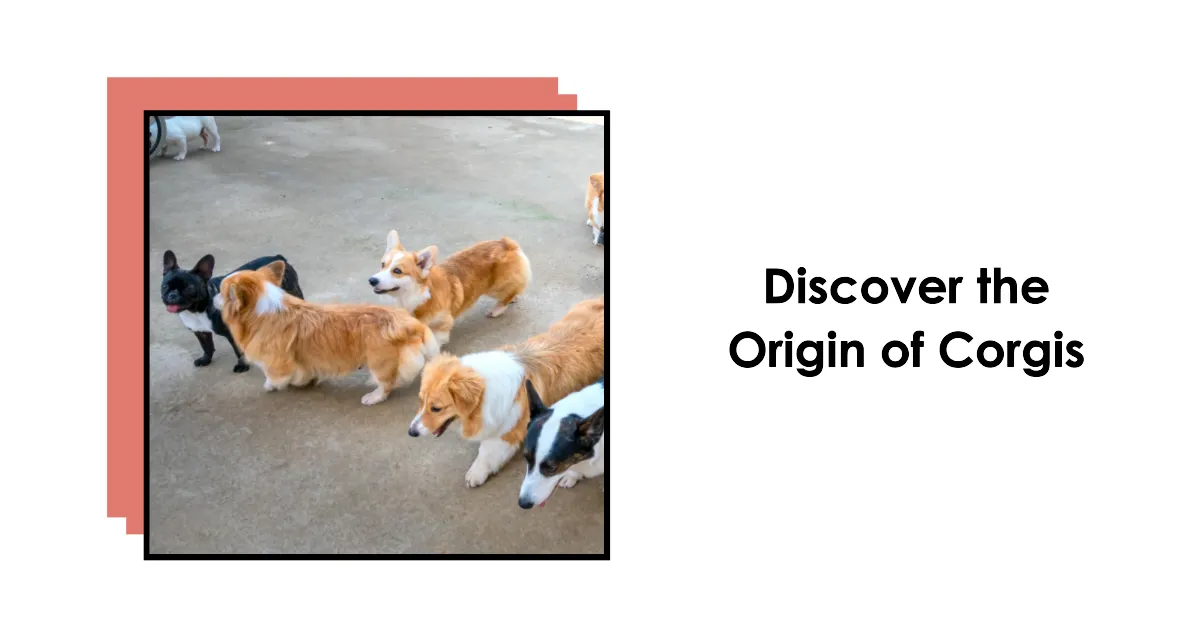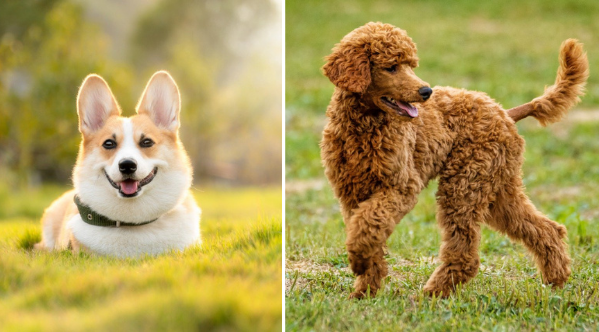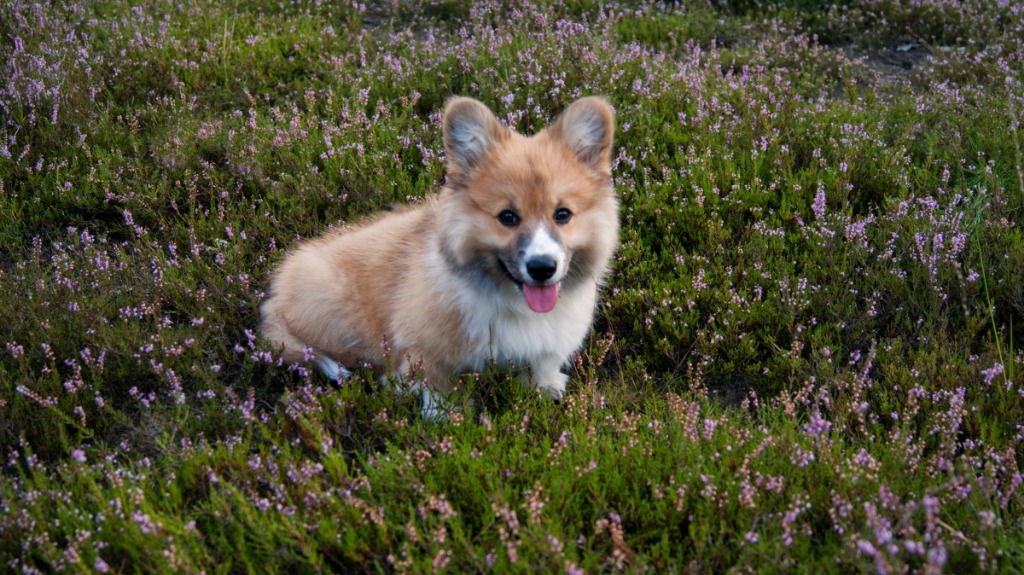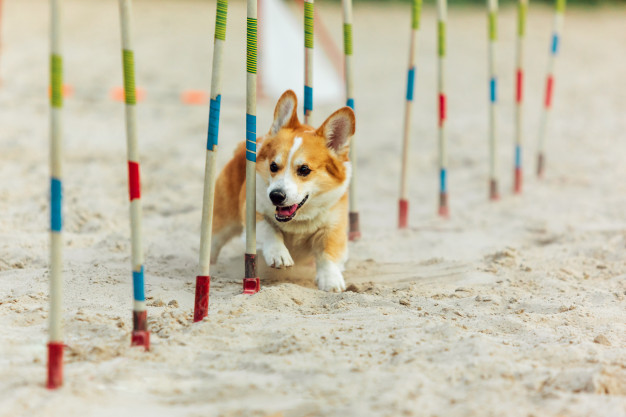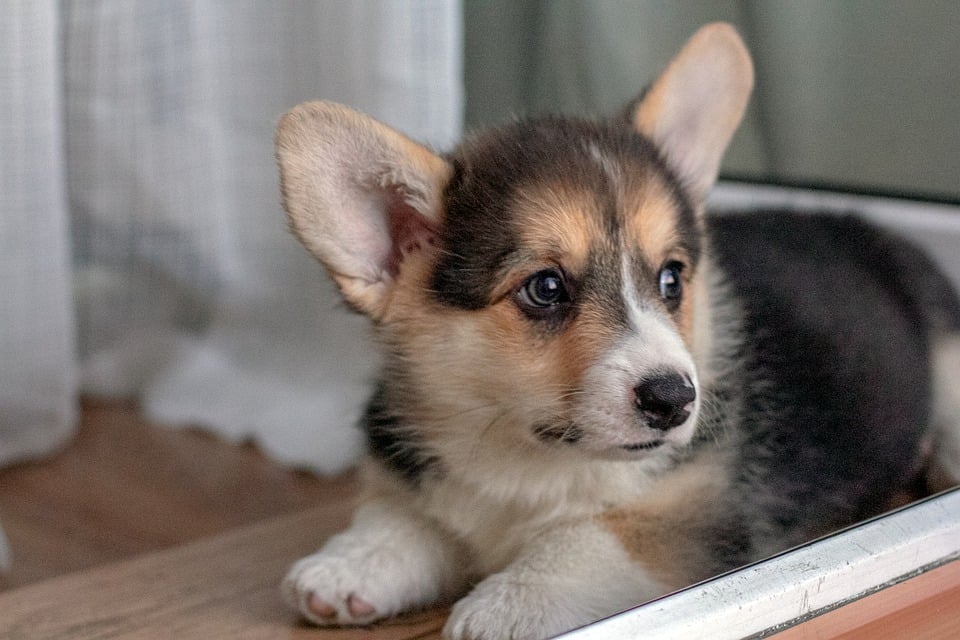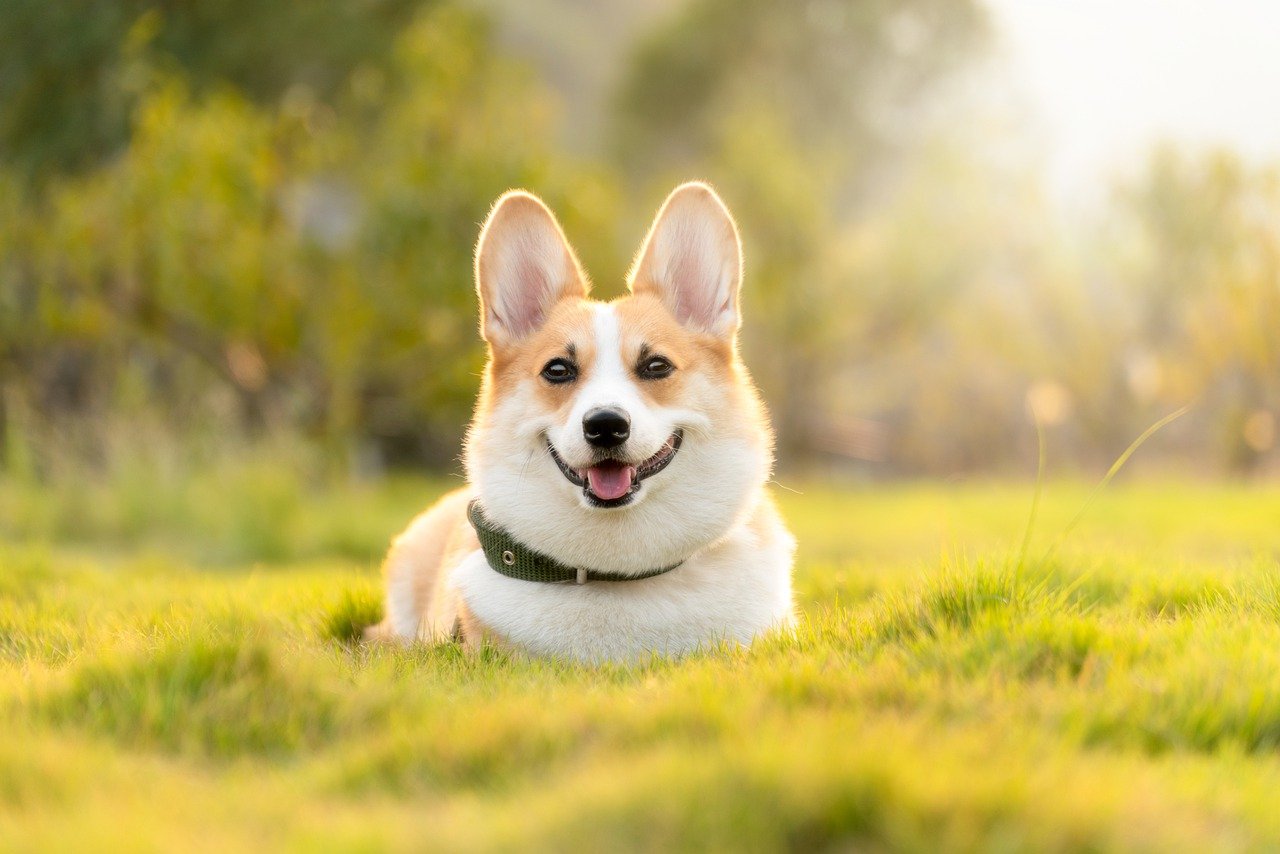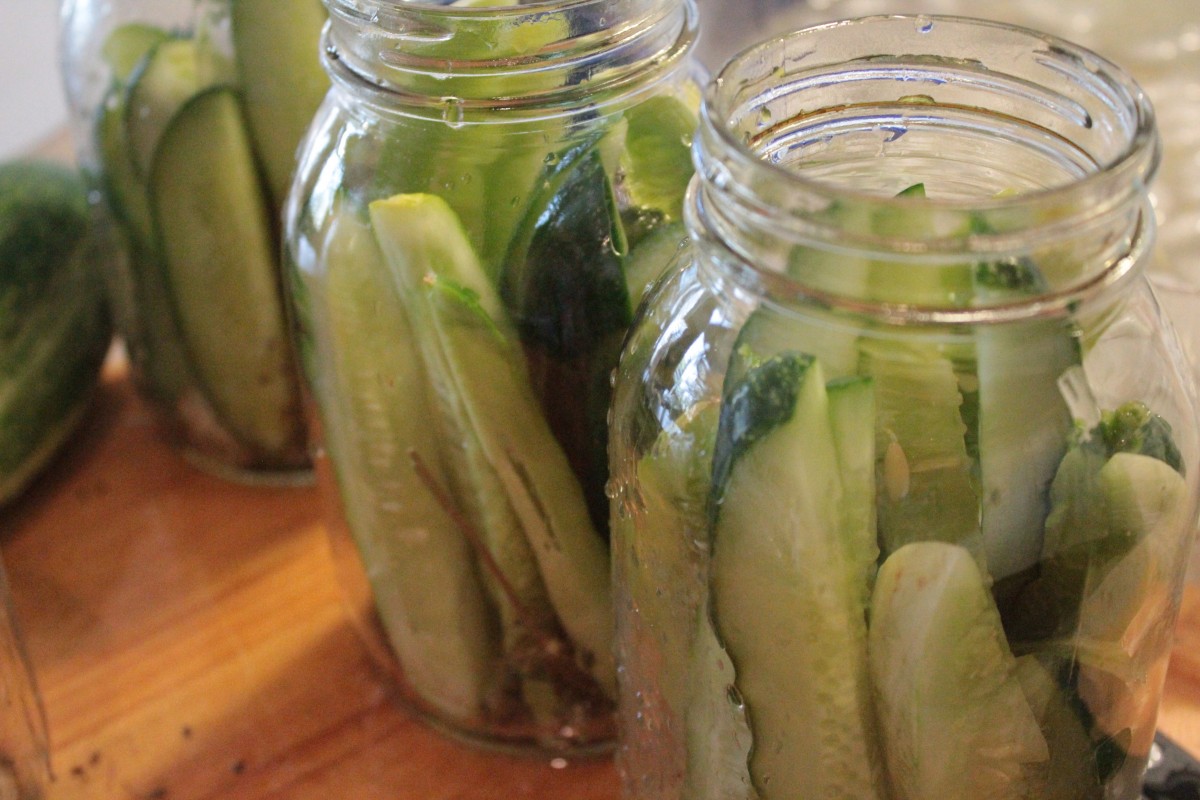Tailoring a Game of Hide and Seek to Your Corgi

Looking to take your game of hide and seek to the next level? Well, look no further because we've got just the thing for you - tailoring a game of hide and seek to your corgi!
Yes, you heard that right. This isn't your ordinary game of hide and seek, oh no. We're talking about a game that will not only keep your corgi entertained for hours, but also ensure their safety while having a blast.
In this guide, we'll show you how to tap into your corgi's natural instincts, find the perfect hiding spots, and even add an extra challenge with scent.
So get ready, because it's time to make hide and seek the ultimate game for your furry friend!
Understanding Your Corgi's Natural Instincts
Do you know why your Corgi has such a strong instinct for herding? It all goes back to their ancestry as herding dogs. Corgis were bred to help farmers by nipping at the heels of cattle and guiding them. This instinct to herd is deeply ingrained in their DNA, which is why they excel in activities like hide and seek.
To enhance your Corgi's hide and seek skills, try using positive reinforcement techniques during training. Reward them with treats or praise when they successfully find you or an object you've hidden. This positive reinforcement will motivate them and strengthen their desire to search and locate.
Finding the Perfect Hiding Spots
To optimize your Corgi's hide and seek experience, strategically selecting ideal hiding spots is crucial. When it comes to hiding spots, camouflaging techniques can be a game-changer. Consider using blankets, pillows, or even a laundry basket filled with clothes to create a cozy and inconspicuous hiding spot.
You can also utilize furniture and household objects to your advantage. For example, your Corgi can hide behind the couch, under the bed, or even inside a large cardboard box. Be sure to choose spots that are safe and secure, avoiding any areas that could potentially harm your furry friend.
Incorporating Scent for an Extra Challenge
To add an extra challenge to your Corgi's hide and seek game, incorporate the use of scent.
Scent training techniques can help enhance your dog's ability to follow their nose and find hidden objects.
Start by choosing a specific scent cue, such as a particular essential oil or a scented cloth.
Introduce this scent cue to your Corgi and associate it with positive experiences, like treats or playtime.
Once your dog is familiar with the scent cue, you can start hiding objects around the house and using the scent to guide them.
For example, you can place the scented cloth near the hidden object, allowing your Corgi to use their nose to find it.
Not only will this add an extra challenge to the game, but it will also provide mental stimulation for your furry friend.
Just make sure to choose safe and non-toxic scents for your Corgi's training.
Teaching Your Corgi the Rules of the Game
Introduce the rules of the hide and seek game to your Corgi to ensure they understand how to play. Teaching cues can help your furry friend learn the game quickly.
Here's a simple way to teach them the rules:
- Start with basic commands: Before diving into hide and seek, make sure your Corgi knows basic commands like 'sit' and 'stay.' This will help them follow instructions during the game.
- Show them how it's done: Demonstrate the game by hiding and calling out your Corgi's name. When they find you, reward them with praise and treats. This will reinforce the association between finding you and positive reinforcement.
- Gradually increase difficulty: Begin by hiding in easy-to-find spots and gradually make it more challenging. Use different hiding places and give your Corgi more complex cues to follow.
Remember to be patient and reward progress. With practice, your Corgi will become a hide and seek champion!
Adding Variations to Keep the Game Exciting
Once your Corgi understands the basic rules of hide and seek, you can add variations to keep the game exciting. One way to spice things up is by using different hiding spot ideas. Instead of always hiding behind furniture, try hiding in a closet or behind a door. This will keep your Corgi on their toes and make the game more challenging.
Another creative way to incorporate treats is by hiding them in the hiding spots. Not only will this add an extra element of surprise, but it will also reward your Corgi for finding you. Just make sure to use treats that are safe for dogs and avoid any potential choking hazards.
With these variations, your Corgi will have a blast playing hide and seek while staying safe at the same time.
Troubleshooting Common Hide and Seek Challenges
To overcome common challenges while playing hide and seek with your Corgi, try implementing strategies that encourage problem-solving and maintain their interest in the game. Here are some tips to troubleshoot any issues you may encounter:
- Common hide and seek mistakes:
- Avoid hiding in places that are too difficult for your Corgi to reach or find.
- Don't make the hiding spots too obvious, as it takes away the challenge and excitement.
- Be patient and give your Corgi enough time to find you, especially if they're new to the game.
- Adapting the game for different environments:
- Play indoors on rainy days by hiding treats or toys in different rooms for your Corgi to find.
- Take the game outside and use natural elements like bushes or trees as hiding spots.
- Experiment with different hiding spots and objects to keep the game interesting and unpredictable.
Safety Tips for a Successful Game of Hide and Seek
When playing hide and seek with your Corgi, it's important to consider visibility and hiding spots. Make sure your hiding spots are safe and easily accessible for your pup, avoiding any areas that could potentially harm them.
Additionally, establish clear boundaries and supervise the game to ensure your Corgi stays within a safe area and doesn't wander off.
Visibility and Hiding Spots
Ensure optimal visibility and safe hiding spots when playing hide and seek with your corgi. Here are three important tips to keep in mind:
- Camouflage techniques for hiding in outdoor environments: Choose hiding spots that blend well with the surroundings. Encourage your corgi to hide behind bushes, trees, or large rocks. This won't only make the game more challenging but also ensure their safety by keeping them hidden from potential hazards.
- Using toys or treats as distractions to enhance the game of hide and seek: Before hiding, scatter some toys or treats in the area to divert your corgi's attention. This will make the game more exciting and keep them engaged while searching for you. Just remember to choose toys or treats that are safe for your corgi to play with.
- Prioritize safety over difficulty: While it's fun to make the game challenging, safety should always be the top priority. Avoid hiding in dangerous or inaccessible areas, such as under heavy furniture or in tight spaces. Ensure that your corgi can easily find and reach you without any risks of injury or getting stuck.
Boundaries and Supervision
Set clear boundaries and closely supervise your corgi during a game of hide and seek to ensure their safety and a successful experience.
When setting boundaries, make sure you choose a safe and secure area for the game. This could be your backyard, a fenced-in park, or even inside your home. It's important to create a clear boundary that your corgi can't stray beyond. This will prevent any accidents or potential dangers.
Additionally, closely supervise your corgi throughout the game. Keep an eye on them at all times to ensure they don't wander off or get into any trouble. Remember, safety should always be the top priority when playing hide and seek with your corgi.
Frequently Asked Questions
Can Any Breed of Dog Play Hide and Seek or Is It Only Suitable for Corgis?
Any breed of dog can play hide and seek, not just corgis. It's a great way to stimulate their mind and body. They'll love the challenge of finding you, and it's a safe way to have fun together.
How Long Should a Game of Hide and Seek Typically Last?
Hide and seek games with your corgi should typically last around 10-15 minutes. This keeps them engaged without getting bored. To make it more challenging, try hiding objects in different spots and using scent cues to teach them to seek and find.
Is It Necessary to Use Treats or Rewards to Motivate My Corgi During the Game?
You don't have to use treats to motivate your corgi during hide and seek. Instead, try using toys as a reward. It can make the game more exciting and engaging for your furry friend. You can also incorporate scent training for an extra challenge!
Can Hide and Seek Be Played Indoors or Is It Better to Play Outside?
You might be wondering whether to play hide and seek with your corgi indoors or outdoors. Well, both options have their benefits. Playing indoors can provide a safe environment and prevent any potential accidents or escapes.
Are There Any Specific Health Concerns I Should Be Aware of Before Playing Hide and Seek With My Corgi?
Before playing hide and seek with your corgi, it's important to consider common health concerns. Make sure to warm up with some exercises to avoid any injuries and keep your furry friend safe and happy.

